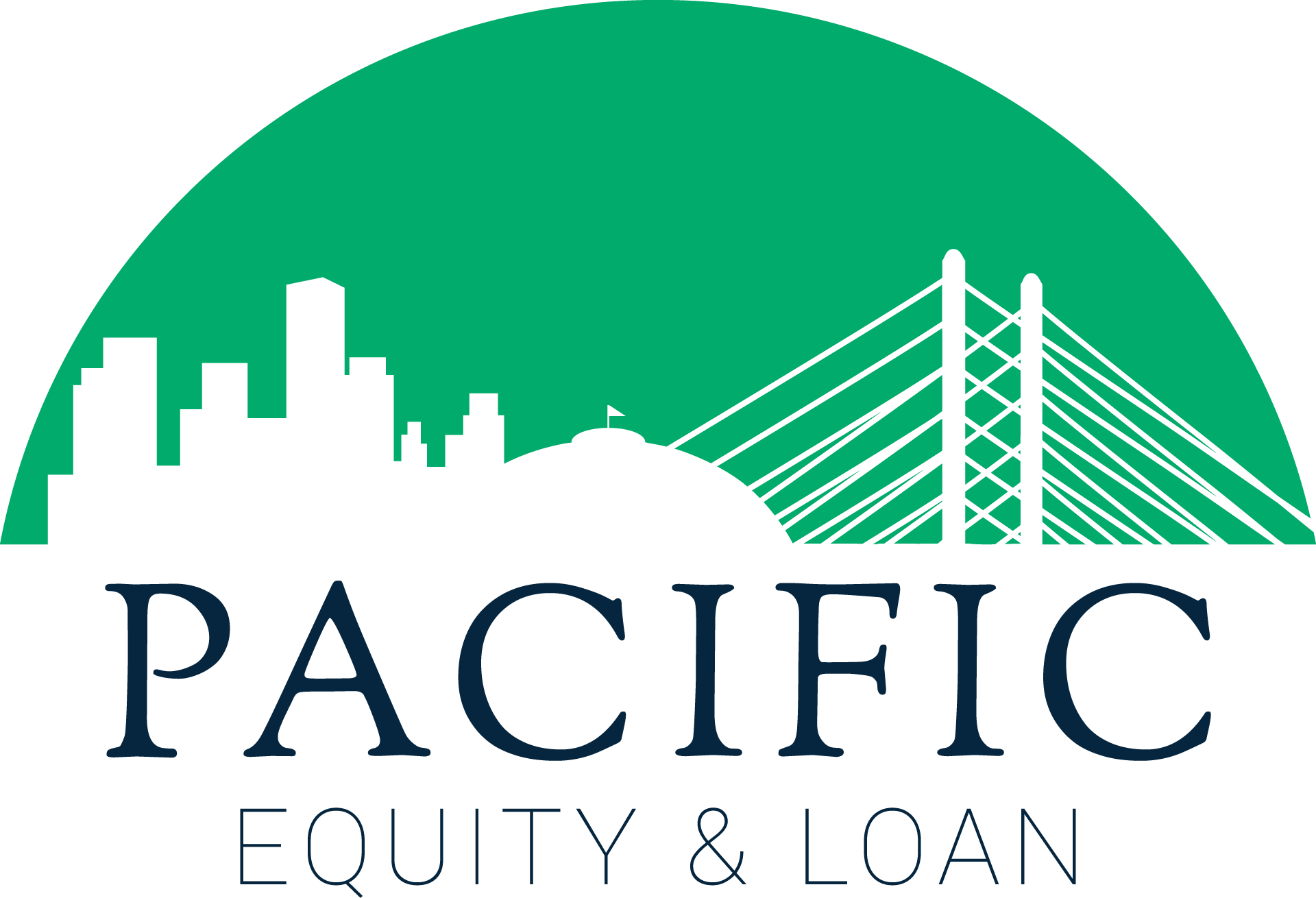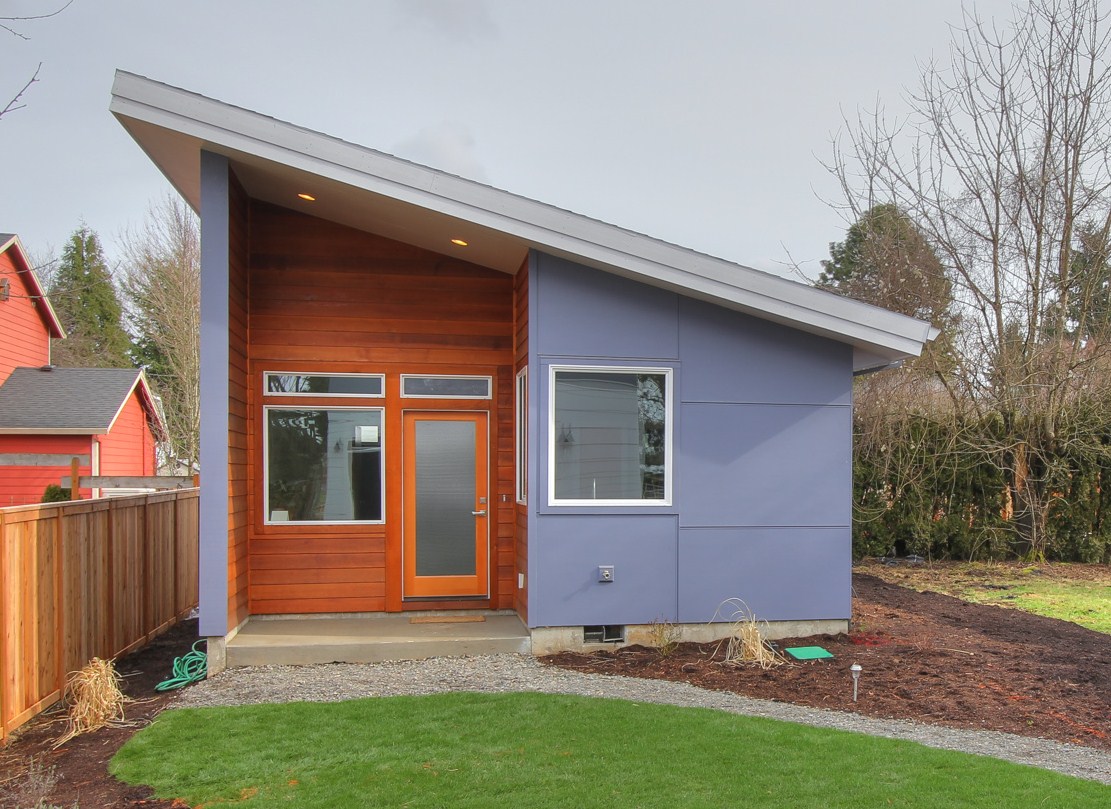Welcome to our June 2024 Real Estate Market Update. Stay informed about current trends and emerging opportunities as we analyze market metrics and provide valuable insights. Whether you’re an investor, buyer, or curious about market conditions, our update will guide your decisions in today’s real estate landscape.
Home-flipping profits increase for the third time in four quarters

Despite challenges such as low inventory, high prices, and elevated mortgage rates affecting the real estate industry broadly, investors specializing in home flipping are experiencing improved profitability. According to Attom's report for Q1 2024, the average gross profit margin for home flips from January to March was 30.2%, marking the third increase in four quarters. In Q1 2023, this margin had hit a decade-low of 25%. In dollar terms, the national average profit per flip rose to $72,375 in Q1 2024, up from $65,000 in the previous quarter and nearing the peak of $80,000 seen in 2022. The uptick in profits reflects rising home prices and challenges in affordability for potential buyers. Home flips accounted for 8.7% of all U.S. home sales in Q1 2024, up from 7.7% in the previous quarter but down from 9.8% in Q1 2023. Despite remaining below the highs of 2021, flip volumes are consistent with pre-pandemic levels, although investors face ongoing market challenges. Geographically, home flip rates rose in 77.5% of U.S. metro areas analyzed, with minor declines in others. Leading markets for flips included Warner Robins, Georgia; Macon, Georgia; Fayetteville, North Carolina; Atlanta; and Memphis, Tennessee, each seeing flips comprising 14% or more of sales. In contrast, cities like Honolulu, Oxnard (California), Naples (Florida), Des Moines (Iowa), and Seattle reported the lowest shares of flips, each around 5%. Overall, while the housing market faces headwinds, the home flipping sector shows signs of resilience and recovery amid evolving market conditions.
Investor May 2024 Inflation Report: Impact on Prices, Consumer Spending, and Economic Outlook
In May 2024, the inflation report underscores a notable trend of continued price escalation across diverse sectors of the economy. This surge is primarily attributed to enduring challenges within global supply chains, which have hindered the smooth flow of goods and services, thereby exerting upward pressure on prices. Additionally, robust consumer demand remains a significant contributing factor, further intensifying the inflationary environment.
The ramifications of these developments are substantial, affecting household budgets and economic forecasts alike. Consumers are grappling with higher costs for essential goods and services, influencing their purchasing power and overall financial planning. Economists are closely monitoring these trends, as they pose implications for inflation expectations and broader economic stability.
In addition to these economic factors, the recent trends in home flipping profitability provide a contrasting narrative for real estate investors. Despite broader challenges such as inflationary pressures stemming from supply chain disruptions and high consumer demand, the home flipping sector has shown resilience with increased profitability margins. This news suggests that investors in this segment may find opportunities to capitalize on market dynamics, leveraging rising property values and demand for renovated homes amid a fluctuating economic landscape.
Home prices in the US have reached an all-time high, yet Americans continue to make purchases.
In May 2024, U.S. home prices hit a record high, with the median price for existing homes rising 5.8% year-over-year to $419,300, according to the National Association of Realtors (NAR). This surge continues a trend of eleven consecutive months of price increases, driven by strong demand and limited housing supply.
The high prices are creating significant challenges for affordability, compounded by elevated mortgage rates not seen since before 2022. Despite some improvement, there remains a notable shortage of homes on the market relative to demand
Looking forward, anticipated Federal Reserve interest rate cuts later in the year may provide some relief, though economists predict rates will likely remain above 6% throughout 2024. Research from Zillow highlights the financial obstacles facing potential buyers, indicating a substantial down payment requirement compared to median incomes.
Despite these hurdles, sales of existing homes have shown resilience, indicating ongoing buyer interest amidst tough market conditions. The supply-demand imbalance continues to drive prices upward, despite recent increases in housing inventory.
On the construction front, new home starts have declined to their lowest levels since 2020, influenced by higher interest rates affecting builder decisions. Building permits, a forward indicator of construction activity, have also fallen below expectations, suggesting potential challenges in increasing housing supply in the near term.
As explained by Realtor.com “There were 30.4% more homes actively for sale on a typical day in April compared to the same time in 2023, marking the sixth consecutive month of annual inventory growth.”
But does this increased inventory make house hunting easier? The answer is both yes and no.
The graph below, using the latest weekly data from Calculated Risk, indicates that despite recent growth, the number of homes for sale is still significantly lower than in the last normal year for the housing market:
Sources:
Redfin. Keeping Current Matters. Realtor.com. Attom.com






